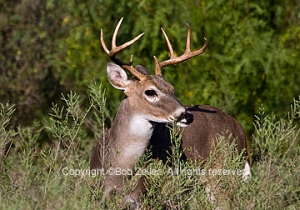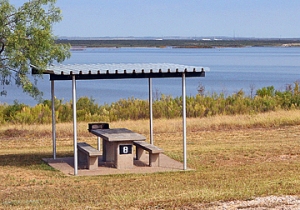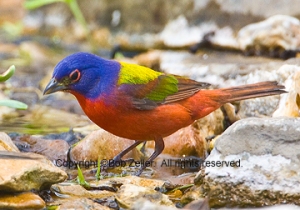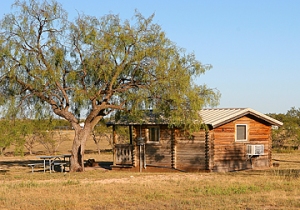San Angelo, Texas, is proud to own one of about only five certified International Water Lily Collections. It contains four separate large pools of Water Lily specimens from all over the world. I hadn’t been down to see them in several months, so Sunday morning I decided it was time to make a visit. We weren’t disappointed, as even though the temperatures were approaching the 100 mark again, the blossoms looked beautiful.
We had to wait until late morning to see the blossoms. Most of these blossoms close up at night, so we had to wait until late morning to get these photographs. By then, the sun was high and bright. Consequently, I had to adjust the EV quite a bit. I hope you enjoy the images. Click on any one of them for an enlargement.
- Canon EOS 7D
- Canon 100-400mm zoom lens
- 1/250 sec. @ f11 – minus 1.3 EV adjustment
- ISO 100
- Lens focal distance – 200mm
- Metering – Partial
- Aperture priority
- Canon EOS 7D
- Canon 100-400mm zoom lens
- 1/800 sec. @ f11 – minus 1.3 EV adjustment
- ISO 100
- Lens focal distance – 190mm
- Metering – partial
- Aperture priority
- Canon EOS 7D
- Canon 100-400mm zoom lens
- 1/800 sec. @ f11 – minus 1.3 EV adjustment
- ISO 100
- Lens focal distance – 340mm
- Metering – Partial
- Aperture priority
- Canon EOS 7D
- Canon 100-400mm zoom lens
- 1/800 sec. @ f11 – minus 1.3 EV adjustment
- ISO 100
- Lens focal distance – 200mm
- Metering – partial
- Aperture priority


















 Picnic site
Picnic site

 Air-conditioned Cabin
Air-conditioned Cabin






















